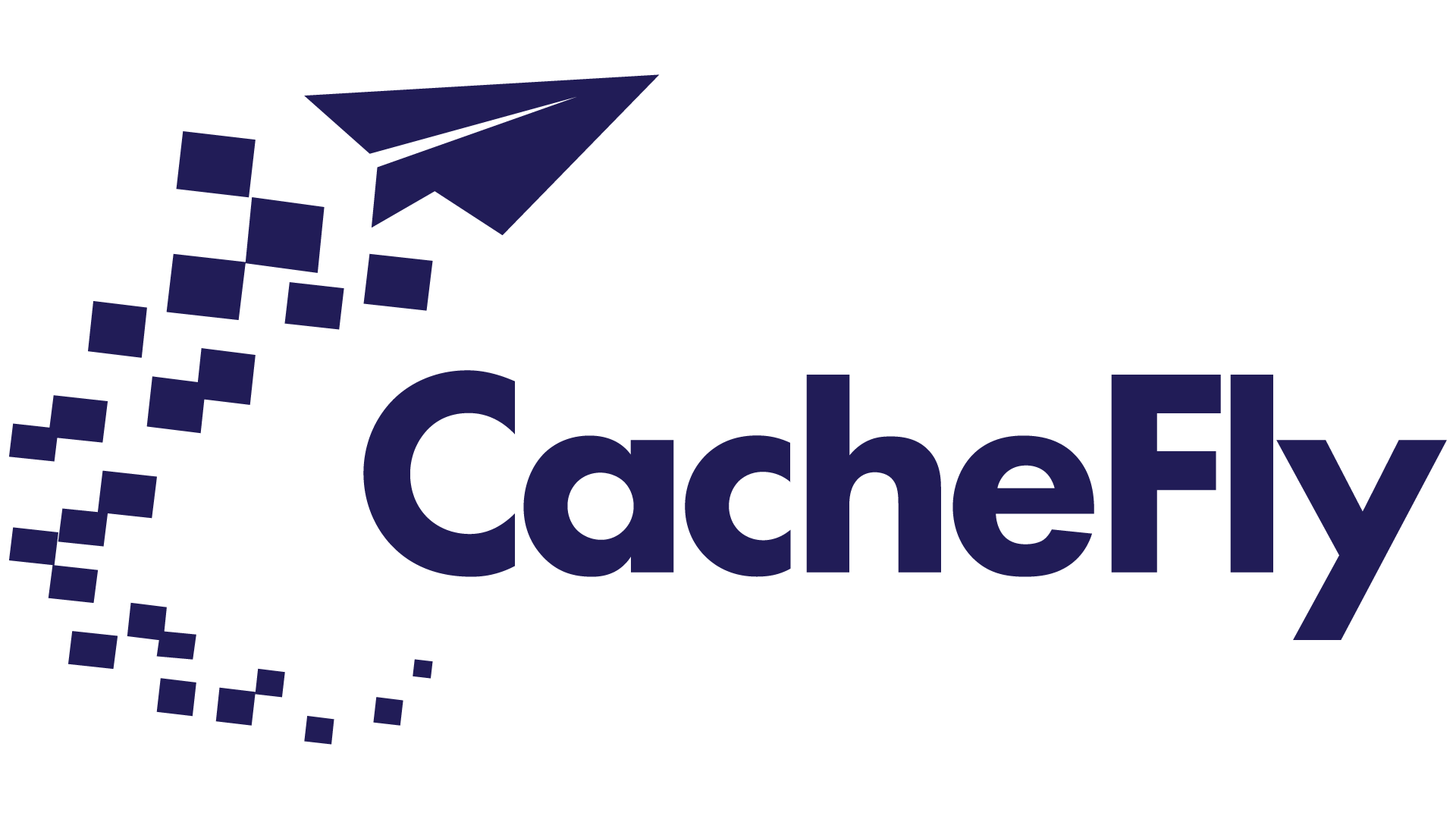
Optimizing CDN Strategies for Short-Form Video Delivery
Key Takeaways
- Assessing the unique challenges of distributing short-form video content and focusing on high request rates and small asset size.
- Developing ultra-granular caching strategies to store ephemeral clips at the edge for instant retrieval and a seamless user experience.
- Implementing intelligent prefetching algorithms that predict and pre-position the next likely videos based on user behavior and content correlations to minimize latency.
- Adapting CDN architectures to support the dense, rapid-fire requests characteristic of short-form video consumption.
In the fast-paced world of short-form video content delivery, CDN strategies need to adapt and evolve. As consumers’ demand for instant, high-quality video content grows, so does the need for innovative solutions to deliver these experiences. This blog will delve into the unique challenges of short-form video content delivery, from handling high request rates and small asset sizes to developing intelligent prefetching algorithms. We’ll explore how to optimize CDN architectures for this new era of video consumption and how to leverage advanced technologies for seamless, high-performance delivery.
1. Tailoring Content Delivery for Short-Form Video
Short-form video content, with its high request rate and small asset size, presents unique distribution challenges. These videos, often fleeting but always in high demand, require a tailored approach to content delivery.
One strategy that proves effective in this context is the development of ultra-granular caching strategies. By storing ephemeral clips at the edge of the network, these strategies ensure instant retrieval of content, providing a seamless user experience. This approach not only reduces latency but also significantly enhances the overall performance of content delivery.
Another innovative solution involves the implementation of intelligent prefetching algorithms. These algorithms predict and pre-position the next likely videos based on user behavior and content correlations. This proactive approach minimizes latency and ensures a smooth, uninterrupted viewing experience.
Stitching techniques also play a crucial role in optimizing the delivery of short-form video content. By concatenating multiple short-form videos into a continuous stream, these techniques facilitate dynamic ad insertion and enhance monetization opportunities. This approach proves particularly beneficial in the context of social media platforms where content consumption is typically fast-paced and fragmented.
Finally, adapting CDN architectures is essential to support the dense, rapid-fire requests characteristic of short-form video consumption. As highlighted by the insights from Streaming Media on high-performance edge delivery, a well-adapted CDN architecture can significantly enhance the speed and reliability of short-form video delivery. This optimization, in turn, ensures a high-quality viewing experience, regardless of the user’s location or device.
2. Enhancing CDN Performance for Video Streaming
As short-form video content continues to gain traction, optimizing Content Delivery Network (CDN) performance for video streaming has become paramount. From integrating real-time analytics and leveraging multi-CDN strategies to effectively utilizing DNS, there are several strategies at our disposal to enhance CDN performance, thus optimizing short-form video delivery.
Integrating Real-Time Analytics
Integrating real-time analytics into your CDN can be a game-changer for video streaming. Real-time analytics provide insights into CDN performance, allowing you to identify and resolve bottlenecks in content delivery. This proactive approach not only enhances the reliability of video streaming but also improves the overall user experience.
Leveraging Multi-CDN Strategies
Multi-CDN strategies are another powerful tool for enhancing CDN performance for video streaming. As highlighted by Streaming Media, a multi-CDN strategy can distribute video content more reliably across different geographical locations. This approach optimizes performance and reduces latency, ensuring smooth video playback for users worldwide.
Utilizing DNS Effectively in a Multi-CDN Strategy
Effective utilization of DNS is key to a successful multi-CDN strategy. DNS, when used effectively, can ensure optimal performance, cost efficiency, and reliability. By directing users to the most efficient CDN based on factors like geographical location and server load, DNS plays a vital role in optimizing short-form video delivery.
Addressing Security Concerns within a Multi-CDN Environment
Security is a crucial concern within a multi-CDN environment. By optimizing CDN performance through real-time analytics, potential security threats can be identified and mitigated in a timely manner. This proactive approach ensures efficient cross-platform video delivery while maintaining high security standards.
Applying Video Optimization Techniques
Finally, applying video optimization techniques can significantly enhance the viewer’s experience. Techniques like reducing buffering and page loading times ensure smooth playback of video content, allowing users to enjoy their viewing experience without any interruptions. As the demand for short-form video content continues to rise, these optimization techniques will play an increasingly important role in delivering high-quality video content effectively and efficiently.
3. Leveraging Edge Computing for Efficient Video Delivery
As the demand for short-form video content escalates, the need for efficient video delivery becomes more critical. Edge computing, a promising solution, brings data processing closer to the user, significantly reducing latency and improving load times for short-form video. Let’s delve into how edge computing can revolutionize short-form video delivery optimization.
Integrating Edge Computing Solutions
Edge computing solutions process and deliver video content closer to users. By shifting the heavy lifting from the central network to the edge, latency significantly reduces, resulting in faster load times for short-form video. This near-instant delivery enhances user engagement—a vital factor in the success of short-form video platforms.
Designing Serverless Functions at the Edge
Serverless functions at the edge dynamically adjust video quality based on user bandwidth and device capabilities. This results in an optimal viewing experience without buffering, a significant improvement to the viewer’s experience. This adaptive design technique, critical for short-form video delivery optimization, ensures content delivery aligns with the user’s current streaming conditions.
Utilizing Edge-Based Real-Time Data Processing
Edge-based real-time data processing offers valuable insights into viewer behavior and preferences. This data enables content recommendations and prefetching of videos likely to be of interest, further improving user engagement. By understanding what the viewer wants, you can stay ahead of the curve and ensure your content is always relevant and engaging.
Implementing Edge Security Measures
In the face of increasing threats such as DDoS attacks and content piracy, implementing edge security measures is vital. These measures ensure the integrity and availability of video streams, providing a safe and reliable platform for users to consume short-form video content. With robust security measures in place, you can focus on delivering high-quality content without worrying about potential threats.
Exploring the Benefits of Edge Computing in Content Delivery Networks
Edge computing offers numerous benefits for content delivery networks. These benefits include maximizing content delivery through edge computing and serverless functions. By leveraging these benefits, you can optimize short-form video delivery and remain competitive in the ever-evolving digital landscape.
4. Advanced Analytics and Machine Learning in CDN Optimization
As we delve further into the digital age, technology continues to evolve, reshaping the landscape of content delivery networks (CDNs). Advanced analytics and machine learning serve as pivotal tools for CDN optimization, especially in the realm of short-form video delivery. Let’s explore how these technologies are transforming the CDN landscape.
Deploying Advanced Analytics Tools
Advanced analytics tools provide real-time monitoring of CDN performance, user engagement, and video delivery efficiency. Using these tools, you can quickly identify and rectify performance issues, enhancing the overall user experience. In addition, they can help in fine-tuning short-form video delivery optimization strategies by providing valuable insights into user behavior and engagement patterns.
Utilizing Machine Learning Algorithms
Machine learning algorithms can analyze viewer data and predict traffic patterns, allowing for proactive content distribution strategies. By predicting demand spikes before they occur, you can ensure smooth video delivery, even during peak times. The power of predictive analytics in machine learning is a key asset in maintaining a seamless user experience in the ever-growing short-form video market.
Implementing AI-Driven Content Caching Strategies
AI-driven content caching strategies adapt to changing viewer interests and behaviors, ensuring the most relevant content is readily available. By using AI to determine what content to cache, you can significantly improve the efficiency of your CDN, making it a vital tool for short-form video delivery optimization.
Enhancing CDN Security with Machine Learning
CDN security can be significantly enhanced by leveraging machine learning. By identifying and mitigating potential threats based on anomaly detection in traffic patterns, you can ensure a safe and secure platform for your users. In the world of short-form video delivery, where large volumes of data are transferred rapidly, robust security measures are essential.
Applying Machine Learning for Dynamic Ad Insertion
Machine learning can also be applied for dynamic ad insertion in video streams. By targeting ads based on viewer preferences and behaviors, you increase revenue opportunities while enhancing the user experience. This targeted approach to advertising, powered by machine learning, is an effective way to monetize your short-form video content.
5. Future Trends in CDN Technology for Video Streaming
The future of CDN technology for video streaming is not just about incremental improvements. It’s about radical, transformative changes that could revolutionize the way we deliver content. Let’s explore some of the most exciting trends shaping the next generation of CDN technology.
Potential of 5G Networks: Ultra-Low Latency and Higher Throughput
5G networks are on the horizon, promising ultra-low latency and higher throughput. These enhancements could dramatically boost CDN performance for video streaming, making the dream of real-time, high-definition, and interruption-free streaming a reality. The potential of 5G to reshape the landscape of short-form video delivery optimization is immense.
Blockchain Technology: Decentralized Content Delivery
Blockchain technology is making waves in many industries, and CDN is no exception. Its decentralized nature can enhance security and transparency in video streaming. With blockchain, every transaction, or in this case, every content request and delivery, is recorded and verified, reducing the risk of piracy and content theft.
Immersive Technologies: Impact on CDN Infrastructure
Immersive technologies like Virtual Reality (VR) and Augmented Reality (AR) are not just transforming the user experience—they’re also putting new demands on CDN infrastructure. These technologies require advancements in data handling and delivery speeds to offer a seamless, immersive experience to users. This is another area where CDN technology needs to evolve to keep pace with emerging trends.
AI in CDN Operations: Automation and Optimization
Artificial Intelligence (AI) is set to play a pivotal role in automating CDN operations. From network optimization to predictive maintenance, AI can ensure high availability and performance of the CDN. The role of AI extends beyond just management—it can also be instrumental in shaping user experiences, especially in short-form video delivery optimization.
The Green CDN: Sustainable Practices in Video Streaming
The environmental impact of CDN operations cannot be ignored. As the digital world continues to expand, so does its carbon footprint. The move towards greener, more sustainable practices in video streaming technology is a trend that is gaining momentum. A green CDN is not just good for the environment—it’s also good for business, as more and more companies prioritize sustainability.
In conclusion, the future of CDN technology is exciting and full of potential. From the high-speed promise of 5G and the decentralized security of blockchain, to the immersive demands of VR and AR, and the intelligent automation of AI—the CDN landscape is evolving rapidly. And with a growing emphasis on sustainability, we’re also seeing a move towards greener practices in video streaming technology.
But what does this mean for you, and how can you prepare for these changes? How can you leverage these trends to deliver a superior user experience? And how can you ensure your CDN is not just keeping pace with the future, but also shaping it?
About CacheFly
Beat your competition with faster content delivery, anywhere in the world! CacheFly provides reliable CDN solutions, fully tailored to your business.
Want to talk further about our services? We promise, we’re human. Reach us here.
Product Updates
Explore our latest updates and enhancements for an unmatched CDN experience.
Book a Demo
Discover the CacheFly difference in a brief discussion, getting answers quickly, while also reviewing customization needs and special service requests.
Free Developer Account
Unlock CacheFly’s unparalleled performance, security, and scalability by signing up for a free all-access developer account today.
CacheFly in the News
Learn About
Work at CacheFly
We’re positioned to scale and want to work with people who are excited about making the internet run faster and reach farther. Ready for your next big adventure?





